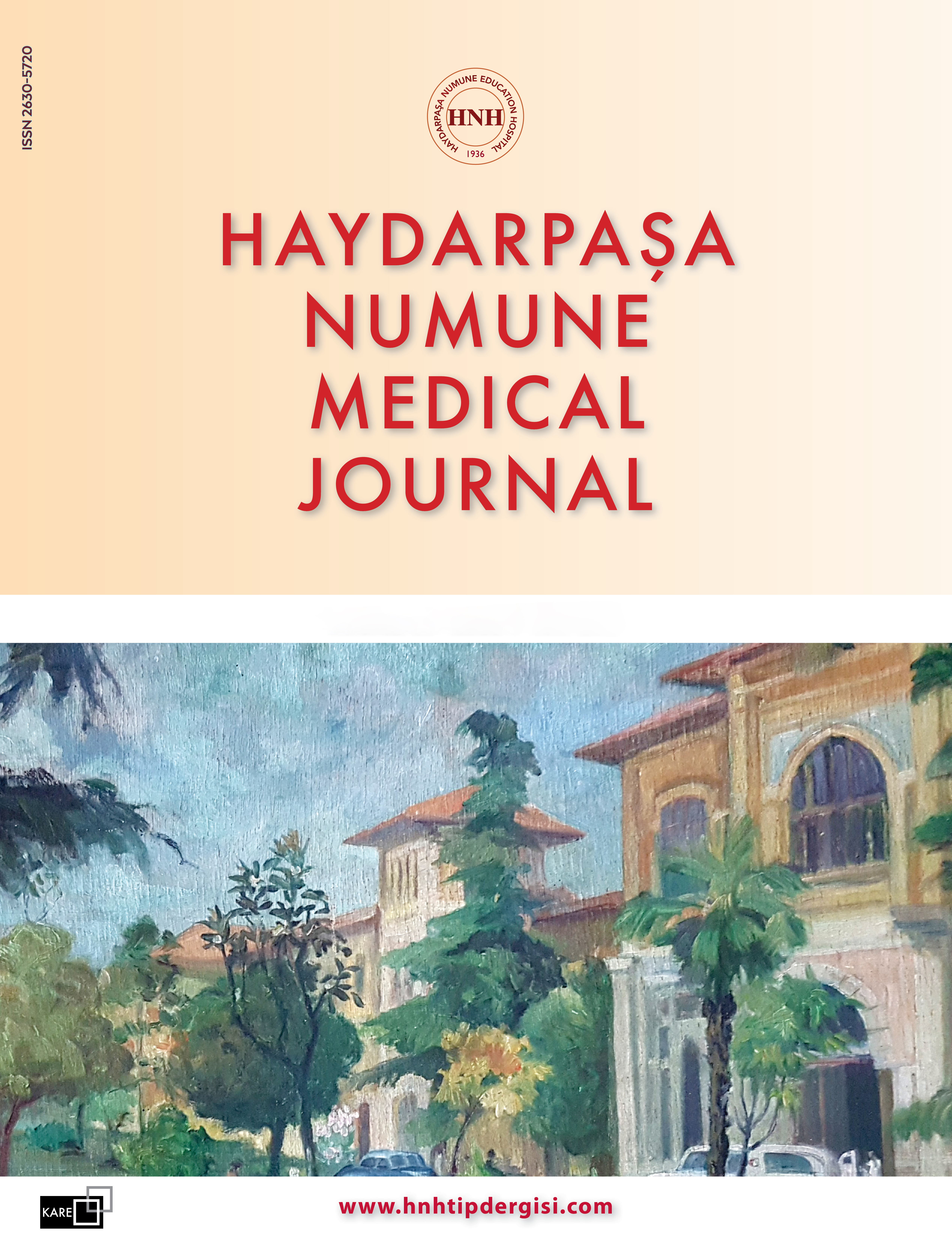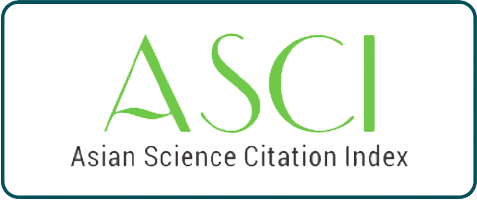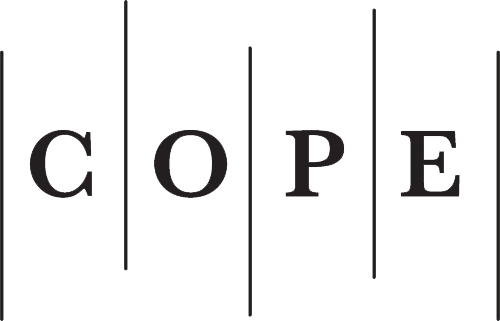Cardiac Rhythm in Inpatient Physical Therapy and Rehabilitation Patients
Sertaç Atmaca1, Hande Özdemir1, Filiz Tuna1, Derya Demirbağ Kabayel1, Meryem Aktoz21Department of Physical Medicine and Rehabilitation, Trakya University Faculty of Medicine, Edirne, Türkiye2Department of Cardiology, Trakya University Faculty of Medicine, Edirne, Türkiye
INTRODUCTION: This study aimed to document the presence of cardiac arrhythmia in inpatient physical therapy and rehabilitation patients and to evaluate whether physical therapy and exercises cause an increase in cardiac arrhythmias.
METHODS: The study was conducted with patients hospitalized in the physical therapy and rehabilitation clinic due to any neuromusculoskeletal system disease between January 2022 and June 2022. Twenty-four-hour Holter recordings were performed before any treatment was initiated and again on the 21st day of hospitalization during treatment. Arrhythmias were then evaluated.
RESULTS: A total of 63 patients (mean age: 58±14.5 years; range, 2286 years) were included. The frequency of supraventricular and ventricular premature beats was 65.1% and 50.8%, respectively, in the initial 24-hour Holter recordings. Ventricular bigeminy was detected in 11.1%, ventricular trigeminy in 11.1%, ventricular couplets in 15.9%, nonsustained ventricular tachycardia in 9.5%, >1000 ventricular premature beats in 9.5%, and sinus pauses over 1.8 seconds in 11% of patients. No statistically significant difference was observed between the first and second 24-hour Holter recordings regarding supraventricular and ventricular arrhythmias.
DISCUSSION AND CONCLUSION: The incidence of arrhythmia in inpatient physical therapy and rehabilitation patients is higher than in the general healthy population. Although the frequency of arrhythmia did not increase during the treatments in our study population, meticulous follow-up for cardiac symptoms and signs is recommended, considering the high risk of cardiovascular disease in this patient group.
Keywords: Adverse events, Cardiac arrhythmia, Rehabilitation.
Manuscript Language: English
















